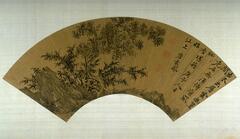407 UMMA Objects
407 UMMA Objects
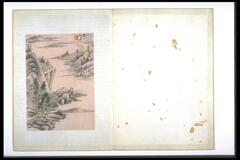
Wang Jian (Chinese (culture or style))
Landscape, Lakes and Mountains to the Farthest Distance
1661
Gift of Mr. Chung Mo-nan
1956/2.18

Mori Tetsuzan (Tessan)
A Pair of Camels
1800 – 1849
Museum purchase made possible by the Margaret Watson Parker Art Collection Fund
1986/1.164

Ren Yu (Jen Yü)
God of Happiness and Attendant in the Clouds, in the style of Luo Ping
1886
Gift of Jung Ying Ts'ao, in honor of Senator Carl Levin
1987/1.276
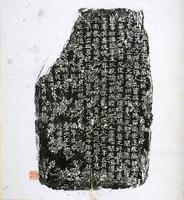
Chinese (Chinese (culture or style))
Stele from Madame Wang's Tomb: 20th century rubbing of a Sui Dynasty tomb slab
20th century
Museum Purchase made possible by the Margaret Watson Parker Art Collection Fund
1991/1.121
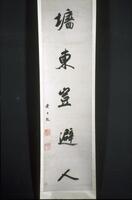
Riqi Huang
Calligraphy (one of a pair)
1780 – 1920
Gift of Sarah and Otto Graf, supplemented by the Margaret Watson Parker Art Collection Fund
1980/2.201
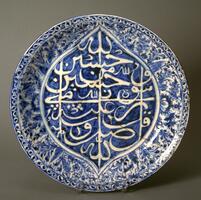
Ali ibn al-Hajj Muhammad
Platter with an inscription from a Hadith [a saying of the Prophet Muhammad], signed by Ali ibn al-Hajj Muhammad
1600 – 1799
Transfer from the College of Architecture and Design
1972/2.158
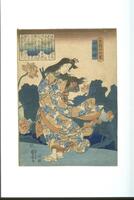
Utagawa Kuniyoshi (Japanese (culture or style))
Twenty-four Japanese Paragons of Filial Piety: Chûjôhime
1838 – 1848
Gift of the Estate of Mrs. Mary L. Herbst
1974/1.101

Yokoi Kinkoku (Japanese (culture or style))
Portrait of the Poet 'Basho'
1767 – 1832
Museum purchase made possible by the Margaret Watson Parker Art Collection Fund
1968/2.22
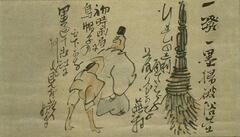
Yosa Buson (Japanese (culture or style))
Broom, Poems, and Poets
18th century
Museum purchase made possible by the Margaret Watson Parker Art Collection Fund
1969/2.24
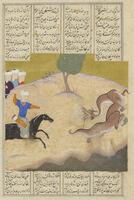
Iranian (Iranian)
Bahram Gur Slays a Dragon, from the Shahnama of Firdausi
1455 – 1465
Museum Purchase
1963/1.70
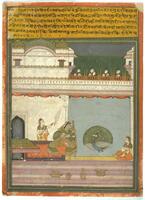
Artist Unknown, India, Rajasthan, Jaipur School
Ragamala series: Ragini Gujari
1745 – 1755
Gift of Dr. and Mrs. Leo S. Figiel and Dr. and Mrs. Steven J. Figiel.
1975/2.157
Loading…
